Understanding dashboard warning lights in your Ford Mondeo is essential for maintaining vehicle safety, as they alert you to potential issues that could lead to accidents or breakdowns if ignored.
These lights help prevent costly repairs by prompting timely action, ensuring the car runs efficiently and reliably. By familiarizing yourself with them, you can respond appropriately to keep yourself and others safe on the road.
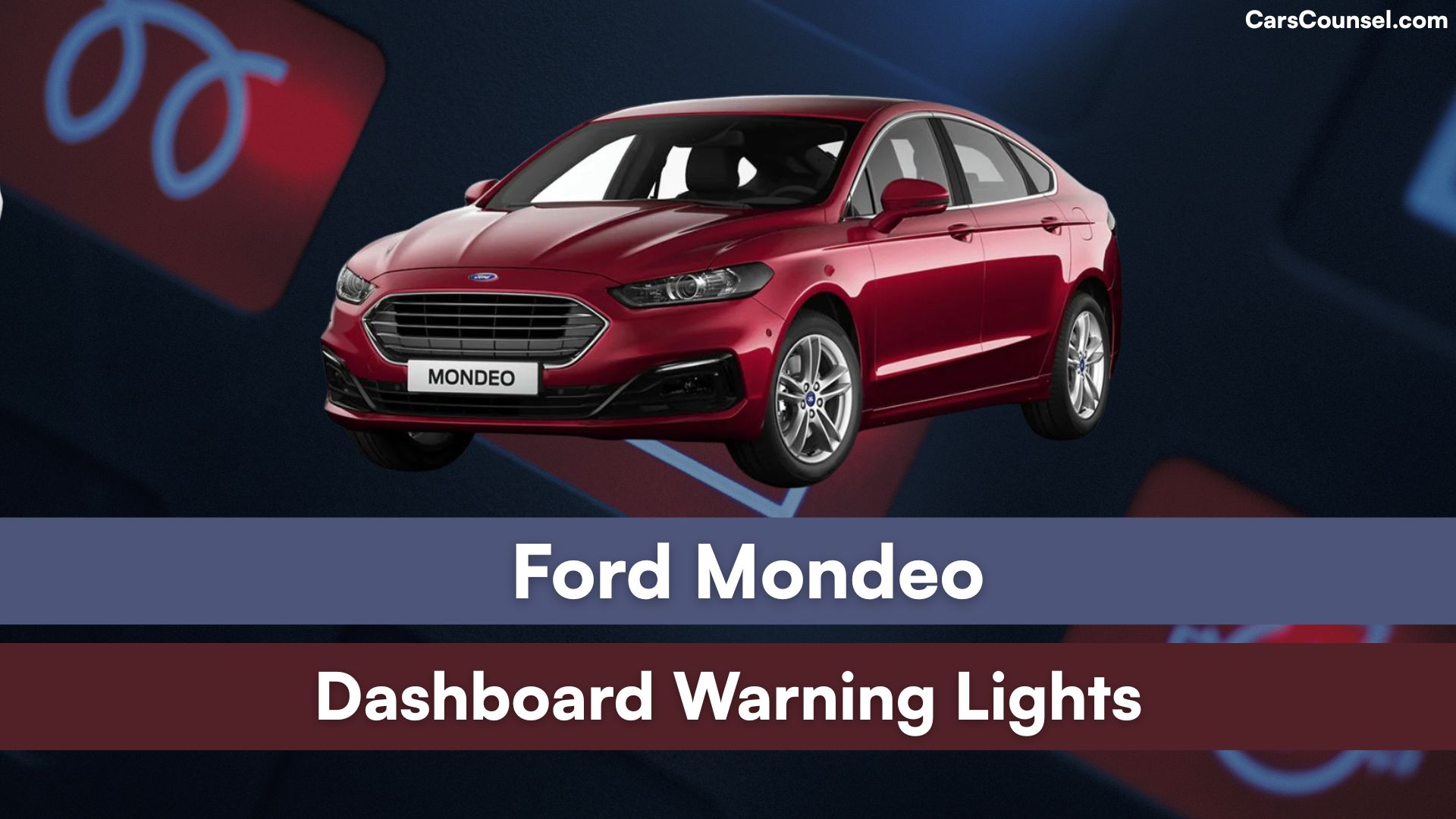
Quick Navigation
Red Warning Lights (Stop Immediately)
Engine Oil Pressure
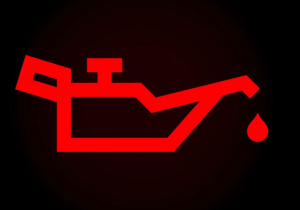
This light signals low oil pressure, which can cause engine damage from lack of lubrication or overheating. Stop the vehicle right away, check the oil level, and add oil if needed; do not drive until the issue is fixed to avoid severe engine harm.
Brake System Alert
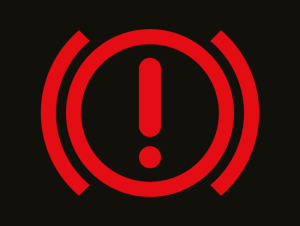
It indicates low brake fluid or a failure in the braking system, risking loss of stopping power. Pull over safely, inspect fluid levels if possible, and call a mechanic immediately for repairs.
Engine Coolant Temperature
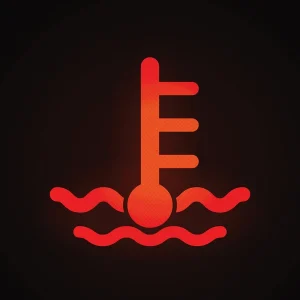
This warns of high engine temperature, often due to low coolant or a leak, which can lead to overheating. Stop the car, let the engine cool, check coolant levels, and seek professional help before continuing.
Battery Charge
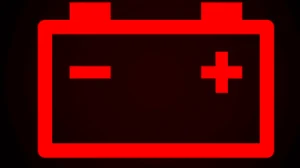
It shows the battery is not charging properly, possibly from a faulty alternator or wiring issue. Stop driving soon, as the vehicle may lose power; have the charging system checked by a service center.
Airbag System

This light means there’s a fault in the airbag setup, which could prevent deployment in a crash. Stop and have it inspected urgently, as it compromises passenger safety.
Seatbelt Reminder
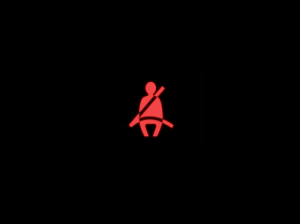
It flashes if seatbelts are not fastened, increasing injury risk in accidents. Buckle up immediately; if it persists, check for sensor issues and visit a mechanic.
Power Steering Failure

Indicates a problem with the power steering system, making steering difficult and unsafe. Pull over, turn off the engine, and contact roadside assistance for towing.
Transmission Overheat
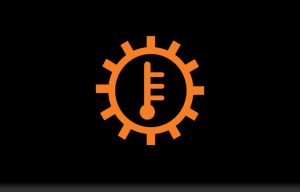
This signals the transmission is too hot, often from heavy load or low fluid. Stop the vehicle, allow it to cool, and get it serviced to prevent damage.
ABS Malfunction
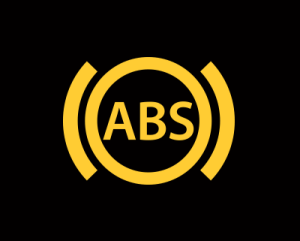
It warns of a failure in the anti-lock braking system, which could cause wheel lockup. Stop safely and have the brakes checked, as normal braking may still work but with risks.
Door Ajar
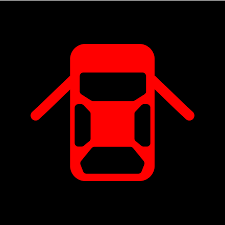
Shows a door is not fully closed, posing a safety hazard while driving. Stop, check all doors, and secure them; if the light stays on, inspect latches.
Low Brake Fluid
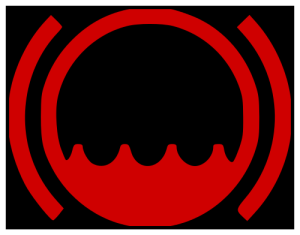
This indicates insufficient brake fluid, leading to reduced braking efficiency. Pull over, add fluid if low, and seek a mechanic to find any leaks.
Hood Open
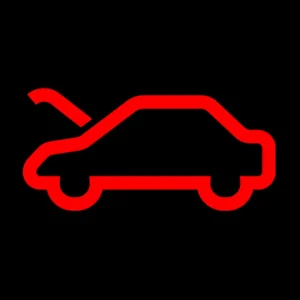
Alerts that the hood is not latched properly, which could open while driving. Stop immediately, close and secure the hood, then continue if safe.
Steering Wheel Lock
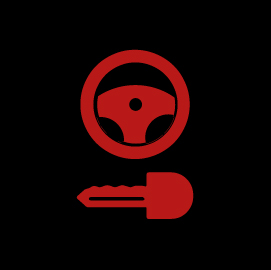
It means the steering is locked or faulty, preventing safe control. Stop the car and have the system repaired before driving.
High Voltage System Failure

Signals an issue in the hybrid system’s electrical components, risking shutdown. Stop and contact a dealer for diagnosis.
Service Engine Soon (Red Flash)
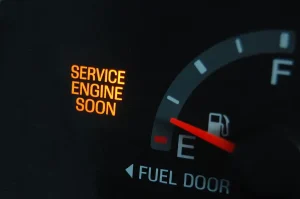
Flashing indicates a severe engine misfire that could damage components. Stop driving and get immediate service to avoid fire risks.
Yellow/Amber Warning Lights (Action Required Soon)
Check Engine
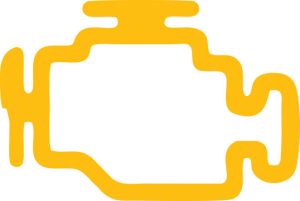
This light points to an emissions or engine control issue, like a faulty sensor. Have it scanned at a service center soon to prevent further problems.
Tyre Pressure Monitoring
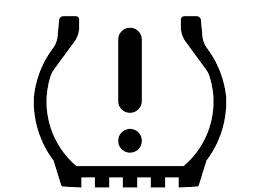
It warns of low tyre pressure, which can affect handling and fuel efficiency. Check and inflate tyres to the recommended level; reset the system if needed.
ESP Stability Control
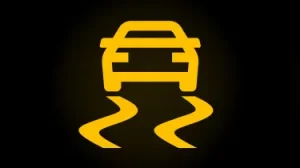
This shows the electronic stability program is off or faulty, reducing traction aid. Turn it on if possible and visit a mechanic for repairs.
Glow Plug (Diesel)
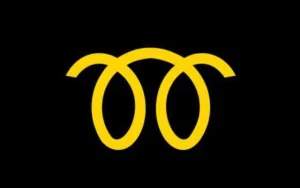
For diesel engines, it means glow plugs are heating; if it stays on, there’s a fault. Wait for it to go off before starting, or get serviced if persistent.
DPF Filter
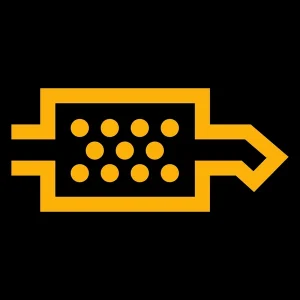
Alerts that the diesel particulate filter is clogged, needing regeneration. Drive at highway speeds to clear it, or take to a service center if it doesn’t resolve.
Powertrain Fault
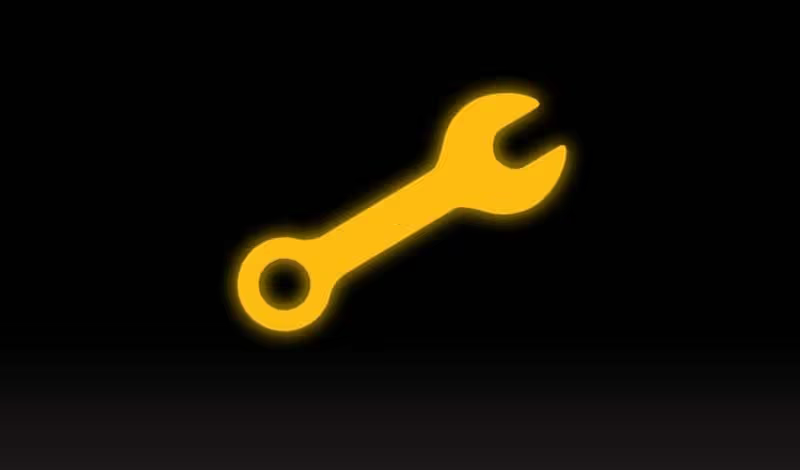
Signals a general issue in the drivetrain, like sensor problems. Schedule a check-up soon to avoid potential breakdowns.
Low Fuel Level
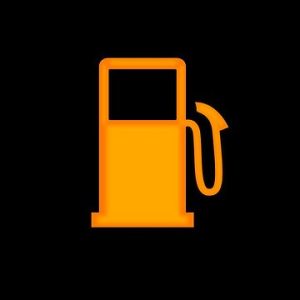
Indicates fuel is running low, risking stranding. Refuel at the nearest station to continue safely.
Loose Gas Cap
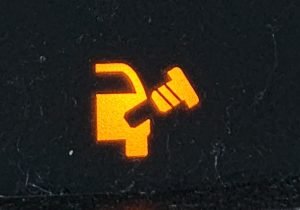
Warns the fuel cap is not secure, causing evaporation or pressure issues. Tighten or replace the cap and clear the light.
Low Beam Failure
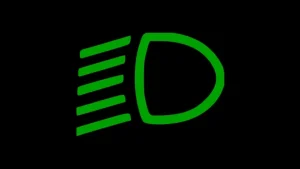
Shows a headlight bulb is out, reducing visibility at night. Replace the bulb soon for safe driving.
Transmission Warning
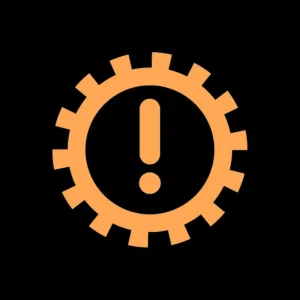
Indicates a minor transmission issue, like fluid level. Check fluid and have it serviced promptly.
Brake Pad Wear

Alerts that brake pads are thin and need replacement. Schedule a service to avoid metal-on-metal damage.
Green Warning Lights (Information Only)
Cruise Control Active
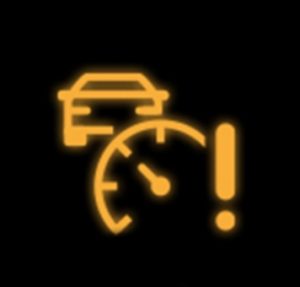
This indicates cruise control is engaged, maintaining set speed. No action needed; it’s just confirming the feature is on.
High Beam On

Shows high beam headlights are activated for better visibility. Adjust as needed for oncoming traffic.
Eco Mode Engaged
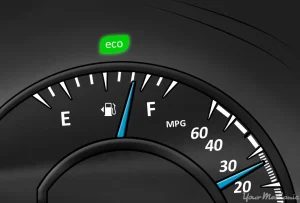
Means eco driving mode is active, optimizing fuel efficiency. Continue driving; switch off if desired.
Headlights On
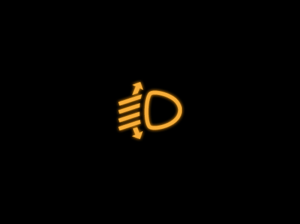
Confirms dipped headlights are in use. No issue; it’s informational for low-light conditions.
Turn Signal Indicator
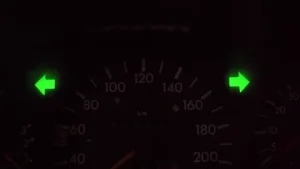
Flashes when turn signals are on, signaling direction change. Ensure it turns off after use.
Auto Stop/Start
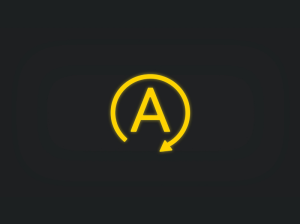
Illuminates when the engine auto-stops to save fuel. It will restart automatically on acceleration.
Front Fog Lights

Indicates front fog lights are on for poor visibility. Turn off when conditions improve.
Rear Fog Lights
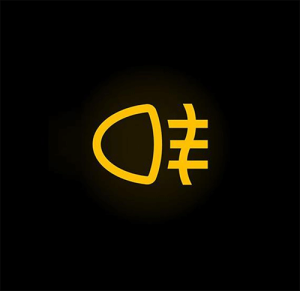
Shows rear fog lights are active. Use only in heavy fog and switch off otherwise.
All-Wheel Drive Engaged
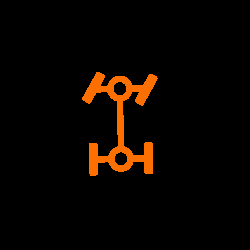
Confirms AWD system is operating for better traction. No action; it’s for information.
Lane Keep Assist On
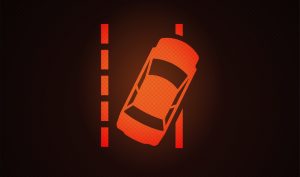
Means the system is active, helping stay in lane. Drive normally; it assists steering.
Hill Descent Control
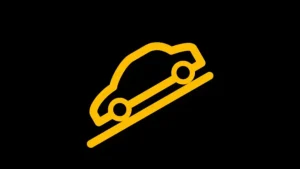
Indicates the feature is on, controlling speed on steep declines. Use as needed for off-road.
Parking Lights On

Shows parking lights are illuminated. Ensure they’re off when not parked to save battery.
Fuel Economy Indicator
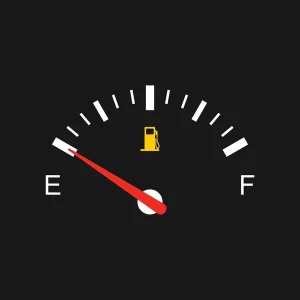
Displays current fuel efficiency status. Helps monitor driving habits for better mileage.
When looking at Ford, make sure to check out our guides on models like the Ford Tourneo, Ford Transit, Ford Fiesta, and Ford Focus. Understanding dashboard warning lights is essential. Our expert reviews break down what each light means, highlighting common alerts for these models and what they could signal about underlying issues, so you’re never left guessing behind the wheel.

